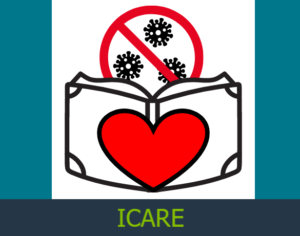Infection Control Advocate and Resident Education (ICARE)

The ICARE program aims to educate, engage, and empower people to promote and practice infection prevention and control, respecting the rights and roles of residents and their advocates for the delivery of quality care.
The objectives of the ICARE program are:
- To provide education to prevent and control the spread of infection and disease while promoting the rights and well-being of nursing home residents.
- Develop and implement infection prevention and control practices that engage and empower nursing home community members (residents, families, and staff).
- Build partnerships among nursing home community members to improve quality care.







Social media